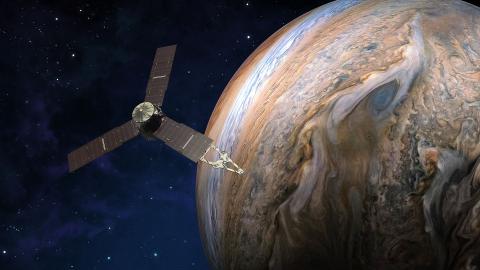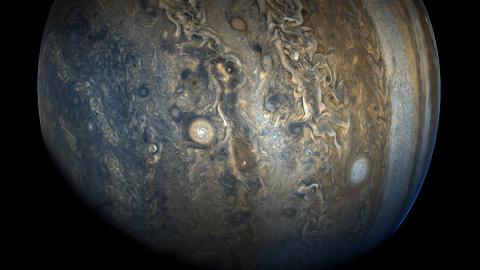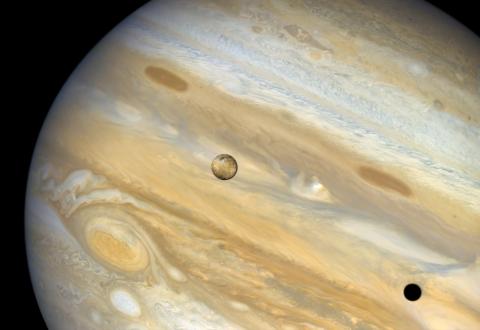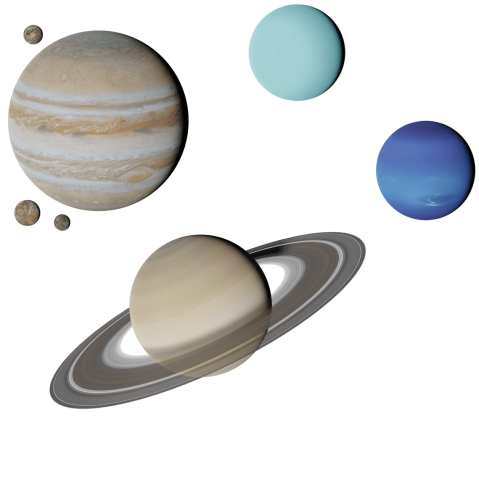About the Instrument
Instrument Type
Particle
NASA’s Juno mission was built to understand the origin and evolution of Jupiter. It investigates whether Jupiter has a solid core deep beneath its clouds, maps the planet’s enormous magnetic field and makes detailed observations of Jupiter’s dancing, powerful auroras.
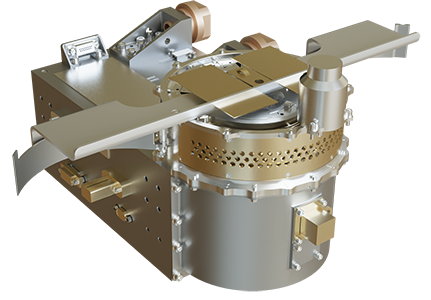
Critical to the success of the mission are the three Jupiter Energetic Particle Detector Instruments, or JEDI, built by APL to detect the charged particles in the space environment around Jupiter. Similar to the New Horizons Pluto Energetic Particle Spectrometer Science Investigation (PEPSSI) instrument that APL built, JEDI’s three identical sensors measure energetic electrons and ions that fill Jupiter’s massive magnetosphere. The data help space physicists better understand how these particles are accelerated to almost the speed of light in the auroral regions and allow researchers to study how that acceleration and the particles’ interaction with Jupiter’s atmosphere produce the most powerful aurora in the solar system.
Mission
Juno
Having blasted off in August 2011 and continuing observations to this day, Juno aims to understand the origin and evolution of Jupiter, our solar system's largest planet, providing knowledge that not only helps us uncover the fundamental processes and conditions during our solar system during its infancy, but also providing knowledge that will help us better understand solar systems across the cosmos.
Related News & Stories
Go inside APL’s space missions and research, and check out the latest news, features and discoveries from the teams that are probing mysteries from the Sun to the edge of the solar system and beyond.



